Like any cosmetic product, some people may experience mild allergic reactions, irritation, redness, or tingling when using Argireline products. These reactions are more likely at high concentrations or when Argireline is combined with other active ingredients. Usually, these side effects are temporary and subside with continued use. However, if they persist or worsen, it is advisable to stop using the product and consult a dermatologist.
Table of Contents
What is Argireline?
Argireline is a peptide, a synthetic polypeptide known as acetyl hexapeptide-8, which offers a promising, non-invasive solution for reducing fine lines and wrinkles by relaxing facial muscles and promoting collagen production.
You can find more information about Argireline in this post.
In the name of full transparency, please note that this post contains affiliate links and any purchase made through such links will result in a small commission for us.
What Do Experts Say About Argireline?
Argireline shows promise as a non-invasive solution for reducing wrinkles by relaxing facial muscles and promoting collagen production. While research supports its effectiveness and safety, studies are still limited, particularly in understanding its long-term effects and optimal usage. Further research is needed to fully understand Argireline’s potential and how it can best be used in skincare.
You can find more information about experts’ opinions in this post.
What Are the Negative Side Effects of Argireline?
Mild Skin Irritation
While Argireline is generally considered safe, some individuals may experience mild skin irritation. Conducting a patch test before widespread use is important to ensure compatibility with your skin. This precaution helps identify any potential issues and ensures a smoother experience with the product.
Allergic Reactions
Argireline might cause allergic reactions based on your skin type. Symptoms can include redness, itching, or swelling. If you notice any of these signs, stop using the Argireline product immediately. For persistent issues, consult your dermatologist for further advice. It’s essential to prioritize your skin’s health and safety.
Headache or Migraine
While Argireline delivers impressive results, some users experience negative side effects like migraines and headaches. These headaches typically begin a day after application and cease a day after stopping use. Due to this, it might be best to reserve Argireline for special occasions and use it with caution. If you experience such side effects, it’s important to manage your usage carefully.
Ineffectiveness of Argireline
Despite the impressive results published, Argireline does not work for everyone, and its effectiveness varies across different commercial forms. Many cosmetic formulas containing Argireline are water-based, meaning they don’t penetrate the skin deeply enough to deliver the desired effects.
Argireline does not work as quickly or as strongly as Botox, but it does not require injections and is not a poison.
Temporary Impacts
Argireline yields a very temporary effect, whereas the effects of Botox can last for months. Just as the effects of Botox reverse fully after 4-6 months, so should the effects of Argireline. Argireline’s benefits on facial sagging are not permanent. If injectable Botox on one part of the face takes six months to wear off, systemically applied Argireline should take one to three months, depending on the product. However, if you stop using Argireline for even a day, you may lose progress.
Inconsistent Results
Argireline might not be useful for all skin types. Some users are very happy with the results, experiencing noticeable improvements in their skin’s appearance. However, others find that it doesn’t work as effectively for them. Skin types vary greatly, and this can influence how well Argireline performs. While some people rave about its benefits, others may not see the same level of success.
Conclusion
Argireline, when used in concentrations ranging from 5-10% over a few months, generally proves safe for most skin types with minimal risk of irritation or sensitization. It’s crucial to discontinue use if any discomfort, itching, or skin reactions occur, and consulting a dermatologist is advisable if symptoms persist. Formulas with concentrations under 10%, free of common irritants like fragrance or drying alcohols, typically suit most individuals well. We highly recommend conducting a patch test before regular use by applying the product to the forearm twice daily for a week to monitor for any adverse effects before incorporating it into your daily skincare routine.
Disclaimer: In the name of full transparency, please note that this post contains affiliate links and any purchase made through such links will result in a small commission for us.

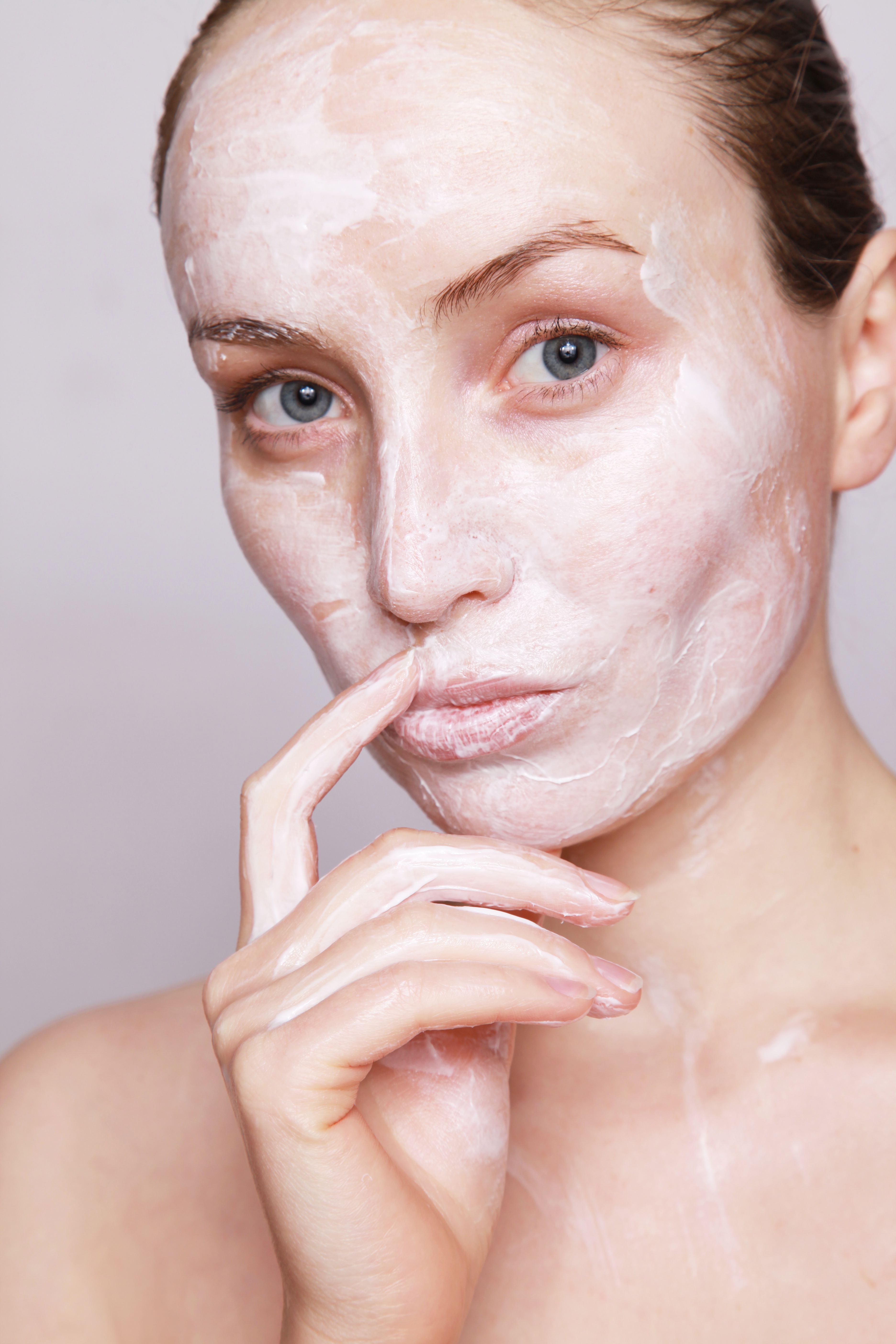

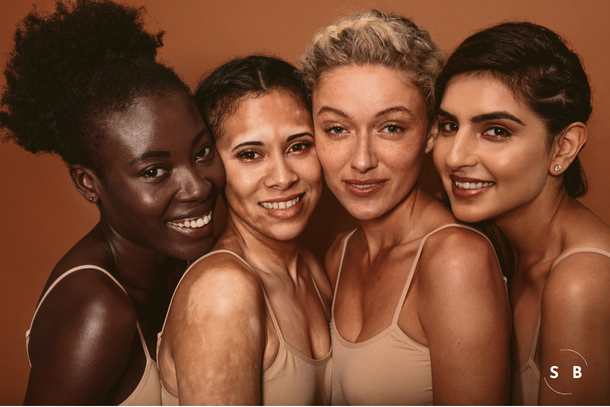
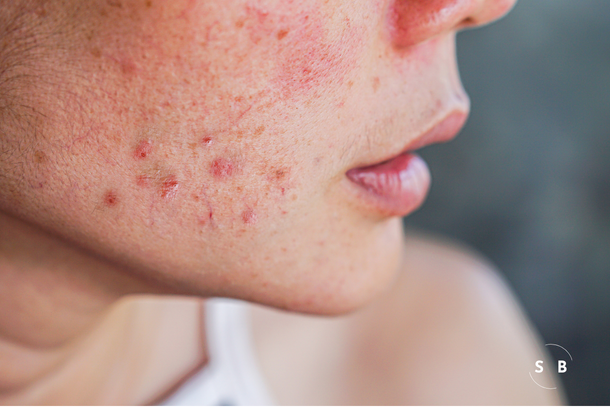
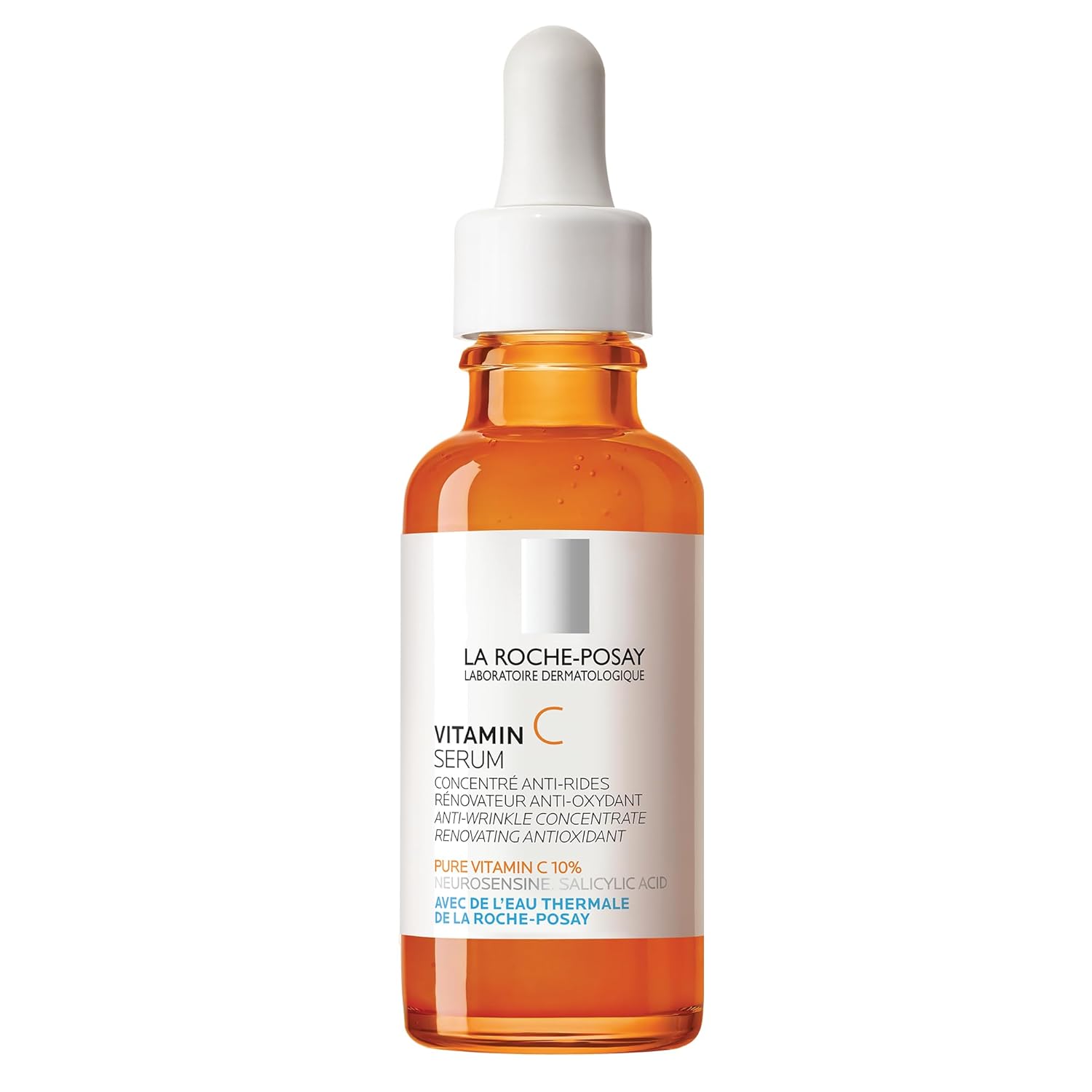
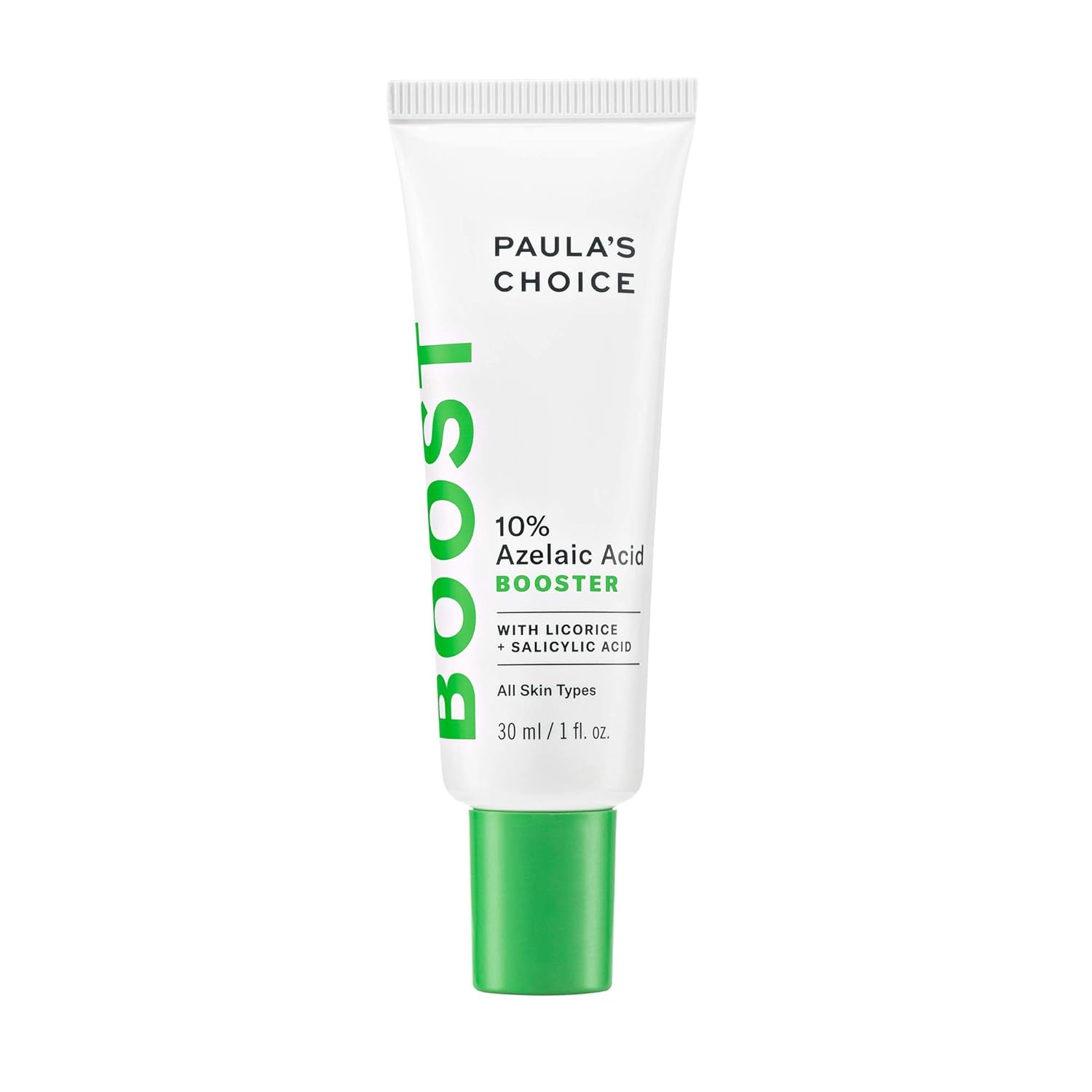
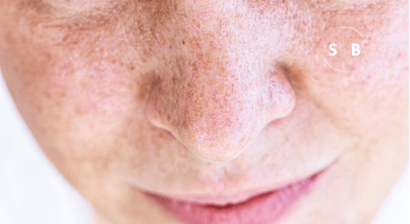
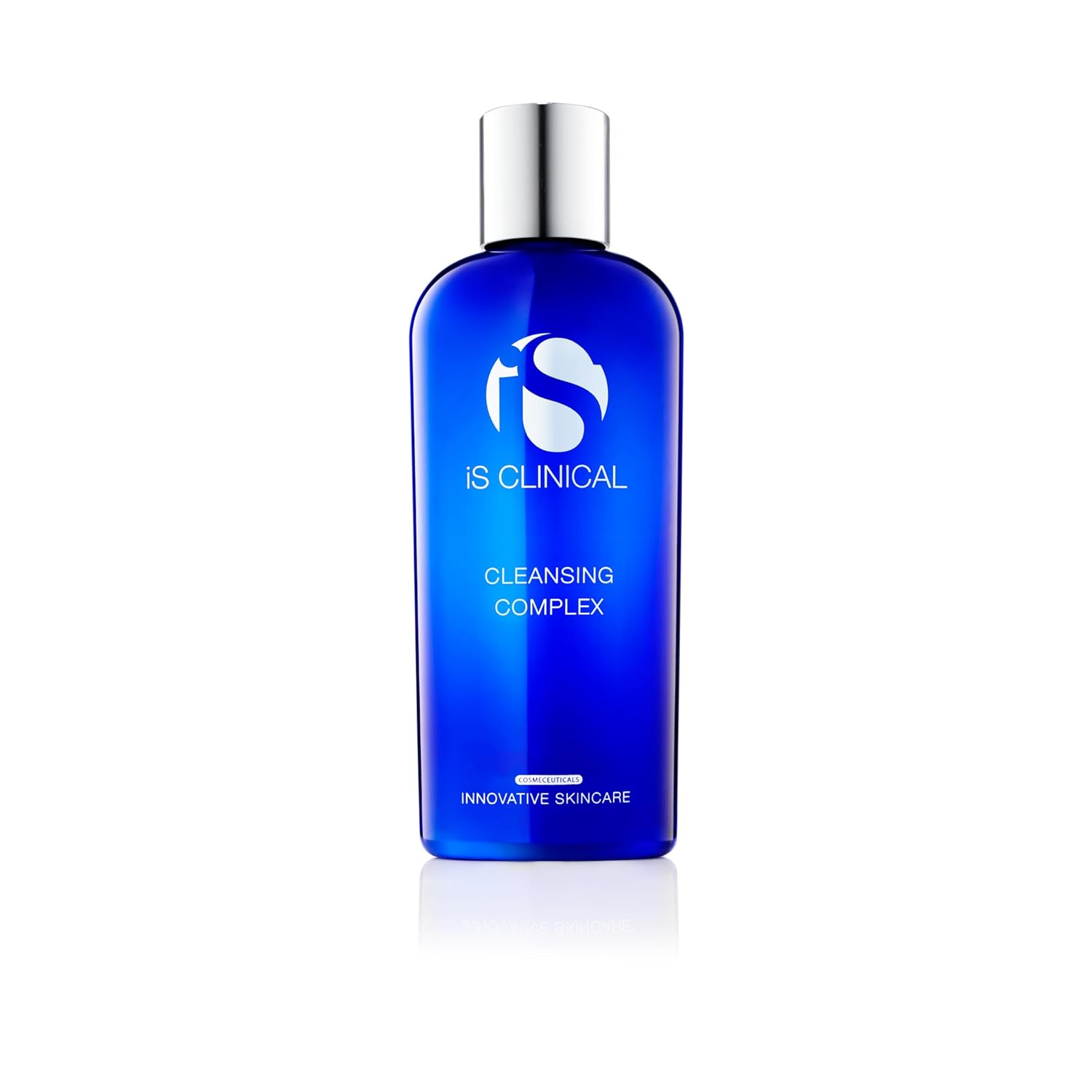
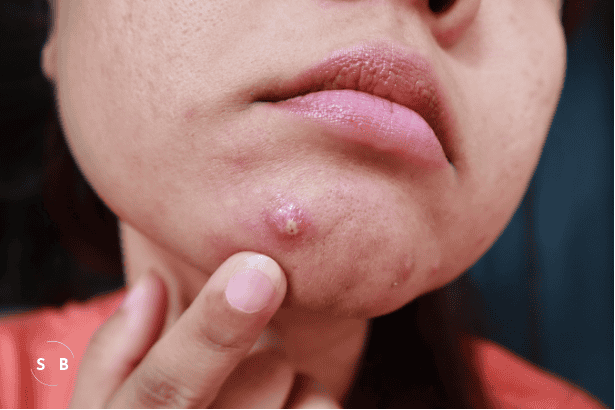
Leave a Reply